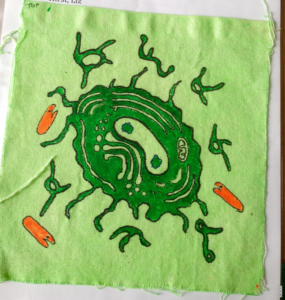Unraveling the Mystery of Moles
Moles, those small dark spots that dot our skin, have long intrigued scientists and dermatologists alike. These peculiar skin markings, also known as nevi, can vary in size, shape, and color, making each one unique. But how do moles actually form? Let’s embark on a fascinating journey into the world of mole formation.
The Role of Melanocytes
At the heart of mole formation lies a specialized type of skin cell called a melanocyte. These pigment-producing cells are responsible for the coloration of our skin, hair, and eyes. Normally, melanocytes are evenly distributed throughout the skin, but certain factors can trigger their clumping together, resulting in the formation of moles.
The Influence of Genetics
Genetics play a significant role in determining whether an individual will develop moles. Research has shown that people with a family history of moles are more likely to have them themselves. This suggests that certain genes may predispose individuals to mole formation, although the exact mechanisms are still being studied.
Sun Exposure and Moles
One of the key factors contributing to the development of moles is exposure to ultraviolet (UV) radiation from the sun. Sunlight stimulates the production of melanin, the pigment responsible for skin color, and can lead to the formation of new moles or the darkening of existing ones. Therefore, it is crucial to protect your skin from excessive sun exposure to reduce the risk of mole development.
Hormonal Changes and Moles
Hormonal changes, particularly those that occur during puberty and pregnancy, can also influence the formation of moles. Fluctuations in hormone levels can stimulate the production of melanin, causing new moles to appear or existing ones to become more prominent. It is not uncommon for moles to fade or disappear over time as hormone levels stabilize.
Post
Post
Monitoring and Managing Moles
While most moles are harmless, it is essential to keep an eye on any changes in their appearance. The ABCDE rule can help determine whether a mole may be potentially cancerous: asymmetry, irregular borders, varied colors, larger diameter, and evolving over time. If you notice any concerning changes, it is advisable to consult a dermatologist for a professional evaluation.
In Conclusion
Moles are a natural part of our skin’s landscape, formed when melanocytes clump together. Genetics, sun exposure, and hormonal changes all play a role in their development. Remember to protect your skin from the sun and monitor any changes in your moles to ensure your skin’s health and well-being.



